Dairy farming is an important part of the Brazilian economy. Brazil is the world’s largest milk producer, with more than 70% of the global total. Therefore, dairy farming is one of the key sectors of the Brazilian economy.
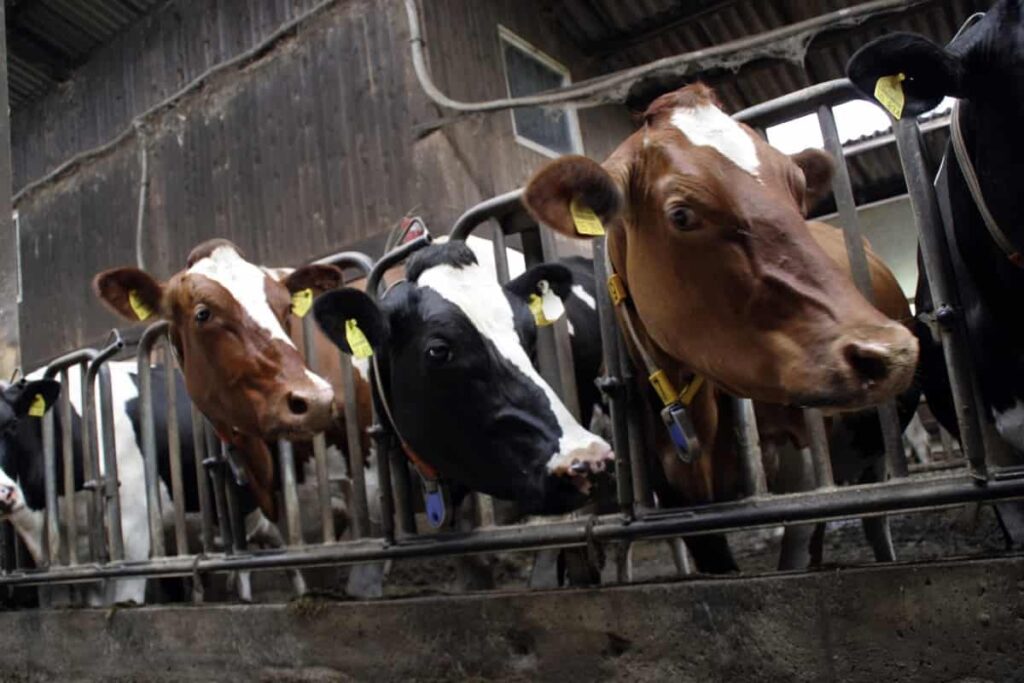
How to start dairy farming in Brazil
Is Brazil famous for dairy farming?
Brazil is well-known for its dairy farming. The country has a long history of producing dairy products, and today it is one of the world’s leading cheese and milk producers. Brazil is also a major producer of yogurt and other dairy products. The main markets for Brazilian dairy products are Europe, Asia Pacific, and North America.
The types of dairy animals in Brazil
- Cattle are the most common dairy animal, accounting for about two-thirds of the country’s total milk output. They are raised on farms in Brazil’s central and south-eastern regions.
- Pigs are common in Brazil but account for a smaller share of milk production than cattle.
- Sheep and goats are not as widely used in Brazilian dairy farming as cattle and pigs, but they play an important role in certain areas. Sheep are raised mainly in Brazil’s south and southeast regions on ranches that produce woolen products such as yarn and cloth.
- Goats are also raised on small ranches throughout Brazil, but their main purpose is meat production rather than milk production.
Benefits of dairy farming in Brazil
- The benefits of dairy farming in Brazil are numerous and include both environmental and economic factors. Brazilian dairy farms are some of the most productive in the world, producing more milk than even America’s Dairyland. This is due to various reasons, including Brazil’s temperate climate, ample rainfall, and fertile soil.
- Brazilian dairy farming also has a positive impact on the environment. Finally, Brazilian dairy farms are often staffed by families who enjoy living on the farm; this contributes to a sense of community among residents and supports local economies.
- Dairy farmers in Brazil enjoy some of the best grazing conditions in the world, thanks to the country’s vast grasslands. As a result, cows on Brazilian dairy farms get an uninterrupted supply of fresh grass throughout their daily feeds, resulting in high milk production levels.
- The climate in Brazil is favorable for growing crops, which is why so many Brazilian dairy farmers also grow crops like corn and soybeans on their properties. This dual income stream allows them to diversify their businesses and maintain high levels of profitability.
In case you missed it: Dairy Farming Loan in India: Benefits, Banks, Interest Rate, Documents, and NABARD
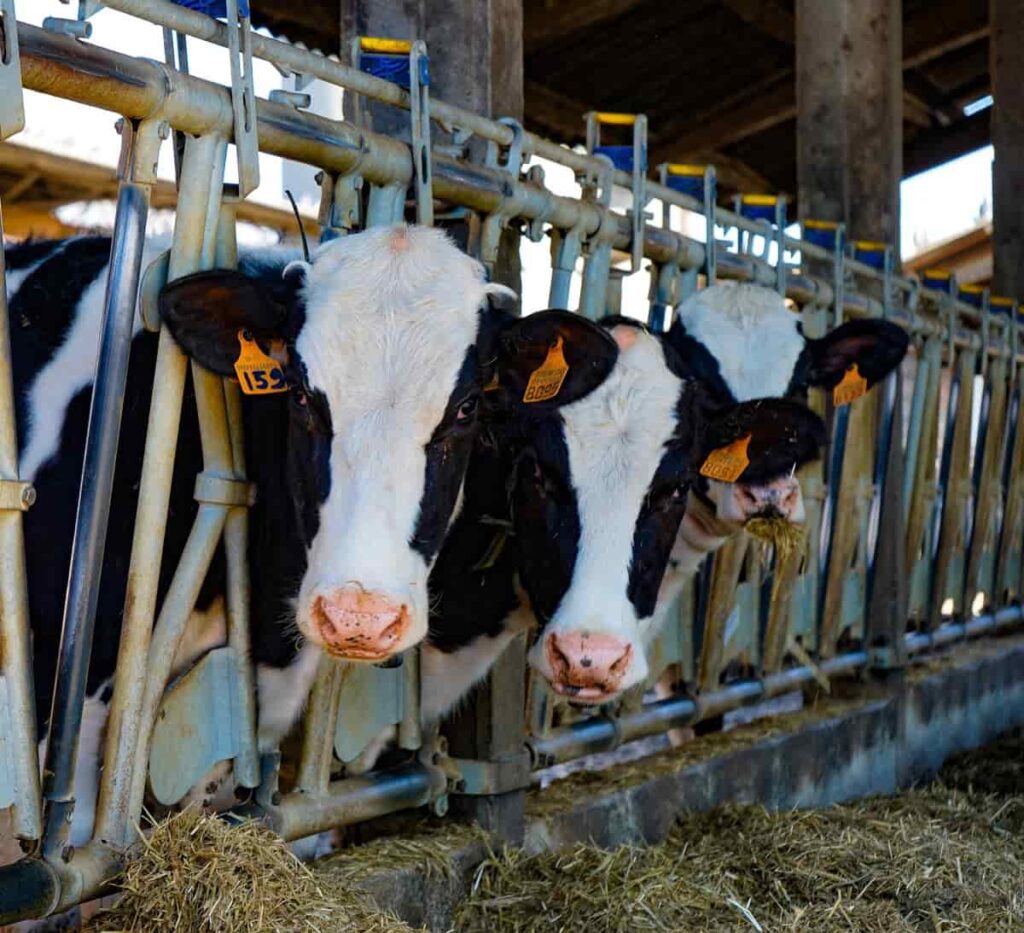
How many dairy farms are there in Brazil?
There are an estimated 1,921 dairies in Brazil. Most Brazilian dairy farms use traditional animal husbandry methods, utilizing cows, goats, and pigs to produce milk and meat. The resulting milk is higher in protein and lower in lactose than milk produced on traditional farms.
Dairy farming for beginners in Brazil
Dairy farming in Brazil is a very sustainable and profitable industry. The following are some key reasons why dairy farming in Brazil is such a great option for beginner farmers:
- Brazil has a long dairy farming history, resulting in well-developed infrastructure and practices.
- Moreover, Brazilian soils are very fertile and conducive to the growth of cows.
- All in all, dairy farming in Brazil is a great option for beginner farmers who are looking to start a successful agricultural business.
Dairy farming areas in Brazil
Dairy farming areas in Brazil are diverse and cover a wide range of climates and terrain types. The Northern region of Brazil is cooler than the Central region and has more rainfall, making it better suited for milk production. The Central region, on the other hand, is warmer and has less rainfall, making it better suited for cheese production. Brazil also has two major geographical regions: the Amazonian Forest region and the savannah area.
Dairy farming in these regions is different due to their different climate conditions. For example, rainforests rely on seasonal streams as watering sources for cows, while the savannah area does not have any perennial water sources nearby, so cows must drink from wells or rivers all year round. The main dairy farming areas are Bahia, Ceará, Espírito Santo, Goiás, Mato Grosso do Sul, Minas Gerais, Paraná, Pernambuco, Rio de Janeiro, Rio Grande do Norte, Rio Grande do Sul, Santa Catarina, and Sergipe.
The main milk-producing regions in Brazil are the Northeast (particularly Minas Gerais), Southeast (Bahia and Paraná), North (Rio Grande do Norte), Central-West (Mato Grosso do Sul) and South (Santa Catarina). The country has a total population of around 205 million people, so the demand for milk products is significant.
In case you missed it: How to Start Dairy Farming in UAE from Scratch: A Step-by-Step Guide for Beginners
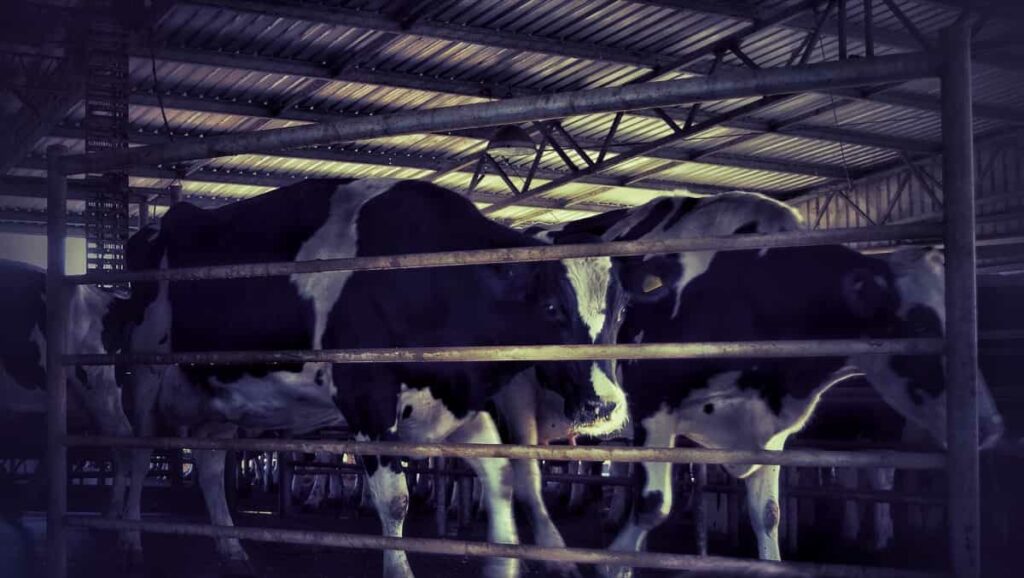
Factors that make Brazil’s dairy sector successful
Many factors make Brazil’s dairy sector successful, including its climate and soil. Brazil has a tropical climate with an average temperature of 23°C. This makes it perfect for dairy farming because cows can produce milk even when it’s hot outside. Additionally, the soils in Brazil are very fertile and capable of producing high yields of crops, which can be used to feed the cows. The Brazilian dairy sector is among the most successful in the world. This is due to several factors, including:
- Lack of farmland availability: Brazil has only 7% of the world’s total land area but occupies 25% of the world’s population. There is not enough land to support dairy farming on a large scale.
- High production costs: The inputs such as feed and energy are high in Brazil, meaning that dairy farmers must make a high-profit margin to be viable.
- Efficient marketing and distribution channels: The Brazilian dairy sector has developed an efficient marketing and distribution system that allows quick and easy access to buyers all over the country.
- Competitive prices: Dairy products are relatively cheap in Brazil, which helps to keep prices low for consumers.
Dairy farming techniques in Brazil
There are three main types of dairy farming in Brazil: small-scale, medium-scale, and large-scale. Small-scale dairy farms typically have 10 to 20 cows, while medium- and large-scale farms can have hundreds or even thousands of cows. The most common dairy farming techniques in Brazil are:
- Low input/high output grazing: This technique is used on small-scale farms that cannot afford to pasture their animals for long periods. Cows are fed a low amount of hay and concentrate feed mixed with fresh forages such as grasses and clover. The milk production from these cows is high because they can produce milk all day long, even when eating fresh forages rather than hay alone.
- Grass-fed dairy farming: It is the most traditional type in Brazil and uses fewer chemicals and less land than other types of dairy farming.
- Free-Range Dairy Farming: This dairy farming uses heifers raised on pasture and allowed to forage for food outside the barns. This system is more expensive than systemic dairy farming, but it allows for greater animal welfare and allows the cows to produce more milk. Unfortunately, free-range dairy farms are rare in Brazil due to animal health and safety concerns.
- Dairy Cattle Ranching: This type of dairy farming uses domesticated cattle that have been bred to produce high milk production. Dairy cattle ranching is less common in Brazil than other types of dairy farming because it requires a much larger investment than other systems.
In case you missed it: How to Start Dairy Farming From Scratch: A Complete Guide for Beginners
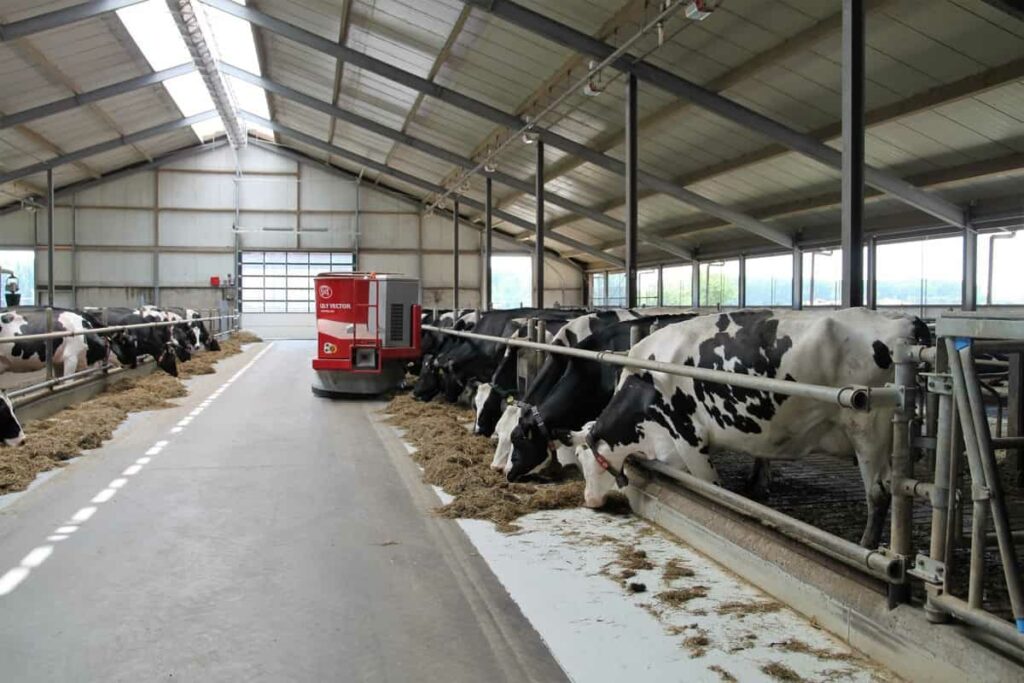
Dairy breeds available in Brazil
Today, there are several different types of cows found across Brazil: Jerseys, Holstein Friesians, Brown Swisses, and Guernsey are all common in Rio de Janeiro, while Aberdeen Angus is popular in Minas Gerais. There are many dairy breeds available in Brazil, some of which originated there and others that have been imported. Brazil’s most common dairy cattle types include the Charolais, Guarani, Holstein Friesian, Jersey, and Swiss.
There are also a few Brazilian indigenous breeds, such as the Pardo da Serra and Crioula Brasileira. Brazil is one of the world’s largest milk producers and has a long history of dairy farming. The country has a variety of climate conditions that are perfect for raising cows, including semi-arid regions in the north and humid tropical areas in the south. As a result, the country has over 150 different kinds of cattle, many of which are used for producing milk.
Dairy feeding management in Brazil
Brazilian dairy farmers face several challenges when it comes to feeding their cows. Feed costs account for around 30% of the total cost of producing milk, which makes it difficult for farmers to maintain a competitive edge. In addition, many Brazilian dairy farms still rely on traditional methods such as feeding hay or straw to their cows instead of using more efficient feed products such as concentrate or pellets. This limits their ability to improve herd productivity and increase profits.
Dairy farming business plan in Brazil
For starting a dairy farm in Brazil, there are a few things you need to consider. First and foremost, you’ll need to take into account the climate. Dairy farming is a seasonal business in Brazil, and it’s best to plan your operation around the timing of the seasons. Another important factor to consider is the availability of land. To be successful in dairy farming in Brazil, you’ll likely need at least 500 hectares (1,000 acres) of land.
And if you want to produce high-quality milk products, you’ll also need access to good water supplies and adequate pastureland. You’ll also need to have a good business plan. Before investing any money in your dairy farm venture, ensure you have a clear idea of your goal. And don’t forget about marketing strategy – without effective marketing, your farm may not be profitable enough to justify the initial investment.
In case you missed it: 19 Key Rules for Effective Dairy Farm Management: From Planning to Reduce Production Cost
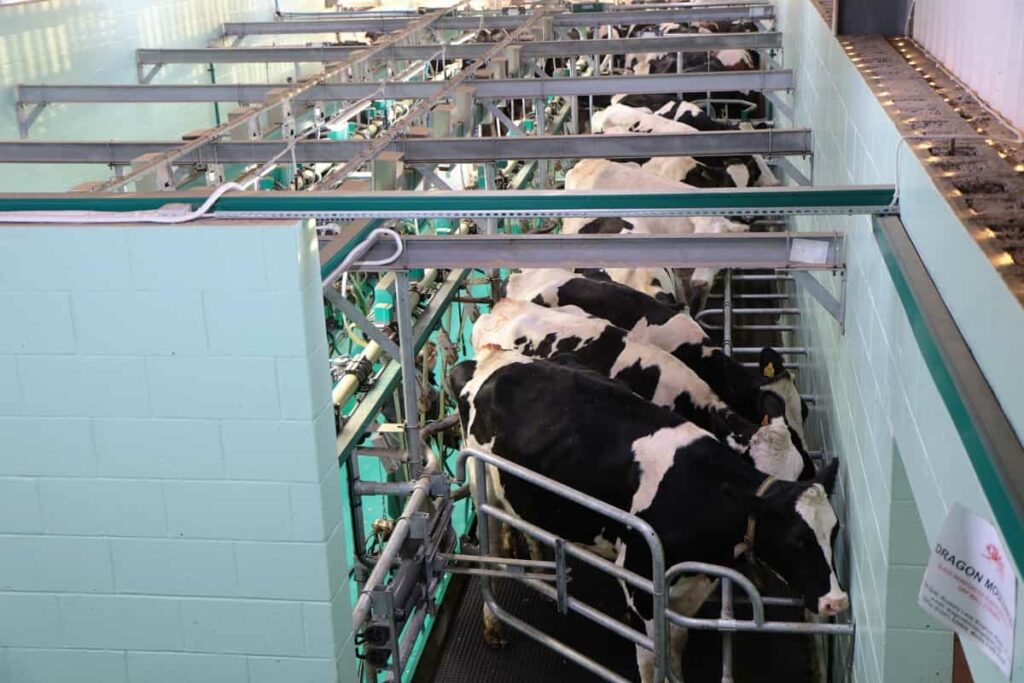
Large-scale dairy farming in Brazil
- Large-scale dairy farming in Brazil is a booming industry. In addition, the country is home to some of the richest dairy soils in the world, making it an ideal location for dairy farmers.
- There are over 5,000 dairy farms in Brazil, and the industry is expected to grow even larger. This growth is due largely to the increasing popularity of dairy products worldwide and increasing consumer demand for dairy products in Brazil.
- One of the main benefits of large-scale dairy farming in Brazil is that it allows farmers to produce high-quality milk at lower costs than traditional small-scale dairy operations. This makes it a viable option for farmers who want to expand their businesses or start manufacturing their milk products.
Steps to begin a dairy farming business in Brazil
If you are thinking of starting a dairy farm in Brazil, here are some steps to get started:
- Firstly, ensure you have all the necessary permits and licenses. This can include getting a license from the Brazilian Agricultural Surveillance Agency and your local municipality.
- Next, study the market conditions in your region. Dairy farming is a capital-intensive business, and many factors will affect your success, including milk prices, feed prices, and taxes. It’s important to know what these costs are to plan your investment correctly.
- Once you’ve determined what it will cost to start up your farm, decide on an area where you want to set up shop. Many different areas throughout Brazil are ideal for dairy farming, so do your research before deciding.
- Finally, get started. A dairy farm can take several years to reach its full potential, so be patient while you build your business.
Dairy farming profits in Brazil
Brazil is a major dairy producer, accounting for around one-fifth of global output. Dairy farming in Brazil is highly mechanized and efficient, with large dairy herds typically kept in confinement feeding areas. The sector has been growing rapidly over the past decade, driven by increasing consumer demand for high-quality milk products. However, some challenges are facing the Brazilian dairy industry, including a strong dollar and high feed costs. Despite these challenges, dairy farming in Brazil is still profitable overall and provides significant employment opportunities.
Dairy farming loans in Brazil
- The high demand for milk products worldwide has helped to drive Brazil’s dairy industry forward and has created jobs throughout the country. The government of Brazil is supportive of dairy farming and has implemented several policies that have helped to foster growth within the industry. These policies include subsidies, favorable trade deals, and investment in infrastructure.
- The government also encourages farmers to engage in marketing activities such as product innovation and product differentiation. This combination of support from the government and vigorous competition from other countries has ensured that Brazilian dairy farms remain among the most productive in the world.
- The Brazilian government has played a major role in promoting dairy farming in the country. The Agricultural Development Bank (BNDES) provides loans to farmers to help them purchase equipment and expand their businesses. The Brazilian Dairy Association (ABDA) also helps promote dairy farming by organizing seminars and providing advice to farmers.
- Dairy products are increasingly popular in international markets due to their high quality and low price compared to other types of food. This has led to increased competition for market share among Brazilian dairy producers. To compete successfully, firms must adopt innovative production techniques such as artificial insemination or genetically modified organisms (GMOs).
- To qualify for a dairy farming loan in Brazil, you must prove that your farm generates an annual income of at least BRL 600,000. In addition, you will want to provide proof of ownership over your farm’s land and financial stability. Finally, you must demonstrate a good understanding of dairy farming practices and technology.
- If you want a dairy farming loan in Brazil, speak with a qualified lender before making any commitments. There are numerous lending institutions available in Brazil, so it is important to find one that best meets your needs.
The challenges facing dairy farming in Brazil
The dairy farming industry in Brazil is facing many challenges. These include high production costs, a lack of infrastructure, and a small market share. The first challenge is that the Brazilian milk market is highly fragmented, with many small operators competing for a limited share of the domestic market. This has resulted in prices being lower than they would be if there were more competition and better integration of the milk supply chain.
In case you missed it: Dairy Farming in New Zealand: How to Start, Breeds, A Step-By-Step Guide for Beginners
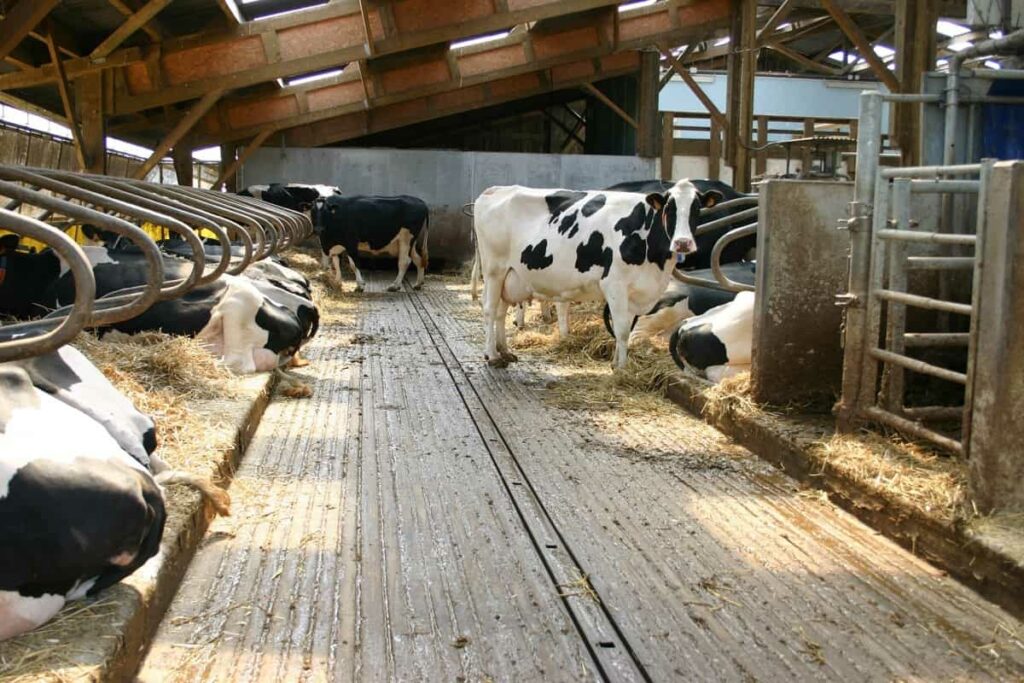
In addition, Brazil suffers from chronic overproduction of milk due to rising demand (from both domestic and international consumers) and high levels of imports. Overcapacity has resulted in some dairy farmers losing money even as milk prices have remained low. The government has implemented several policy measures to address these problems, including price support and subsidies for production inputs such as feed and fertilizers.
Another challenge facing dairy farming in Brazil is climate change. The country experiences a wide range of temperatures and precipitation, making it difficult to grow crops or raise livestock successfully. Low rainfall levels combined with high temperatures are also destructive to plants and animals, making it difficult for farmers to produce enough food to meet demand. In response to climate change, the government has invested in infrastructures such as irrigation systems and crop insurance programs to help protect producers from losses due to weather extremes.
Conclusion
Dairy farming is one of the most important industries in Brazil and is responsible for a large percentage of the country’s GDP. The industry is highly competitive and has gradually moved towards specialized production. This has increased production costs and resulted in greater quality and variety of products. There are now over 350 types of cheese produced in Brazil and dozens of condensed milk and butter.
- Economical Aquaculture: A Guide to Low-Budget Fish Farming
- 15 Common Planting Errors That Can Doom Your Fruit Trees
- How to Make Houseplants Bushy: Effective Tips and Ideas
- Innovative Strategies for Boosting Coconut Pollination and Yield
- Pollination Strategies for Maximum Pumpkin Yield
- The Complete Guide to Chicken Fattening: Strategies for Maximum Growth
- Natural Solutions for Tulip Problems: 100% Effective Remedies for Leaf and Bulb-Related Issues
- Revolutionizing Citrus Preservation: Towards a Healthier, Greener Future
- Natural Solutions for Peony Leaf and Flower Problems: 100% Effective Remedies
- Maximizing Profits with Avocado Contract Farming in India: A Comprehensive Guide
- Natural Solutions for Hydrangea Problems: 100% Effective Remedies for Leaf and Flowers
- The Ultimate Guide to Choosing the Perfect Foliage Friend: Bringing Life Indoors
- From Sunlight to Sustainability: 15 Ways to Use Solar Technology in Agriculture
- The Ultimate Guide to Dong Tao Chicken: Exploring from History to Raising
- The Eco-Friendly Makeover: How to Convert Your Unused Swimming Pool into a Fish Pond
- Mastering the Art of Delaware Chicken Farming: Essentials for Healthy Backyard Flocks
- 20 Best Homemade Fertilizers for Money Plant: DIY Recipes and Application Methods
- How to Craft a Comprehensive Free-Range Chicken Farming Business Plan
- Brighten Your Flock: Raising Easter Egger Chickens for Beauty and Bounty
- How to Optimize Your Poultry Egg Farm Business Plan with These Strategies
- Subsidy for Spirulina Cultivation: How Indian Government Schemes Encouraging Spirulina Farmers
- Ultimate Guide to Raising Dominique Chickens: Breeding, Feeding, Egg-Production, and Care
- Mastering the Art of Raising Jersey Giant Chickens: Care, Feeding, and More
- Ultimate Guide to Raising Legbar Chickens: Breeding, Farming Practices, Diet, Egg-Production
- How to Raise Welsummer Chickens: A Comprehensive Guide for Beginners
- How to Protect Indoor Plants in Winter: A Comprehensive Guide
- Ultimate Guide to Grow Bag Gardening: Tips, Tricks, and Planting Ideas for Urban Gardeners
- Guide to Lotus Cultivation: How to Propagate, Plant, Grow, Care, Cost, and Profit
- Agriculture Drone Subsidy Scheme: Government Kisan Subsidy, License, and How to Apply Online
- Ultimate Guide to Raising Araucana Chickens: Breed Profile, Farming Economics, Diet, and Care
- Bringing Hydroponics to Classroom: Importance, Benefits of Learning for School Students
- Ultimate Guide to Raising Polish Chickens: Breed Profile, Farming Economics, Diet, and Care
- Ultimate Guide to Raising Australorp Chickens: Profile, Farming Economics, Egg Production, Diet, and Care
- Silkie Chicken Farming: Raising Practices, Varieties, Egg Production, Diet, and Care
- Sussex Chicken Farming: Raising Practices, Varieties, Egg Production, Diet and Care
- Homemade Feed Formulations for Livestock: Discover Cost-effective Starter to Finisher Feed Recipes